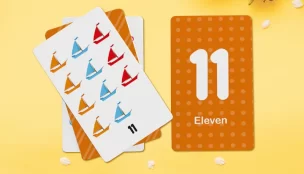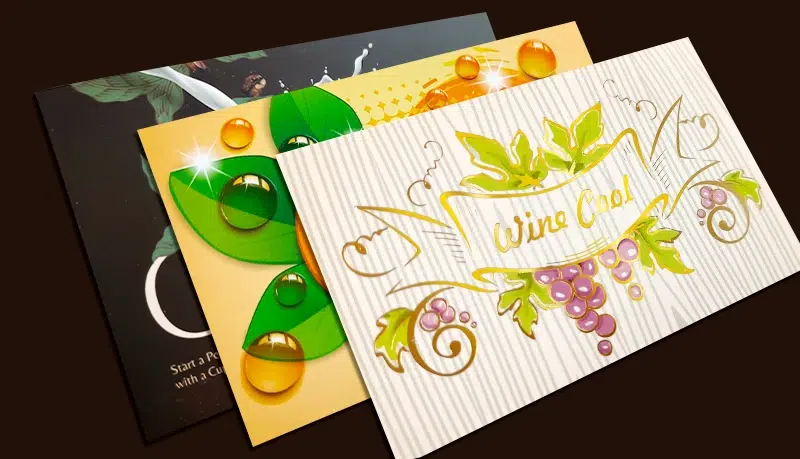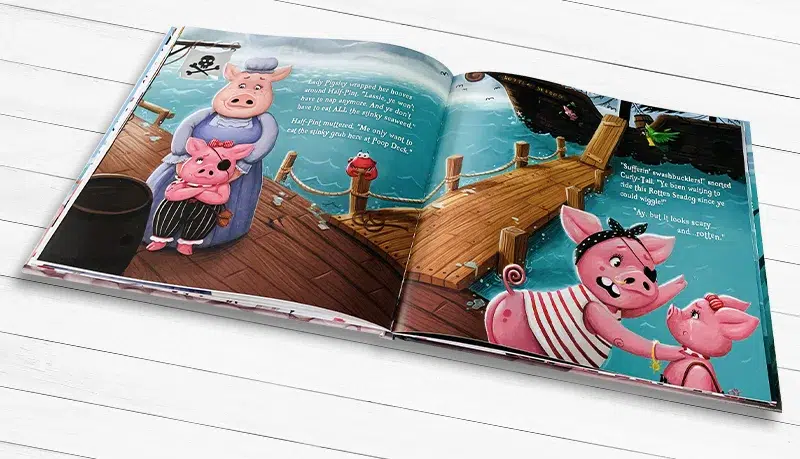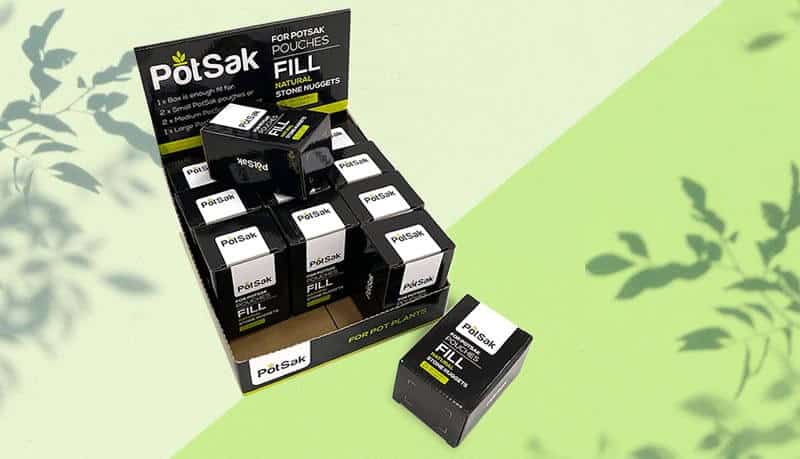A detailed guide for teachers and professional trainers on how to use flashcards in the classroom
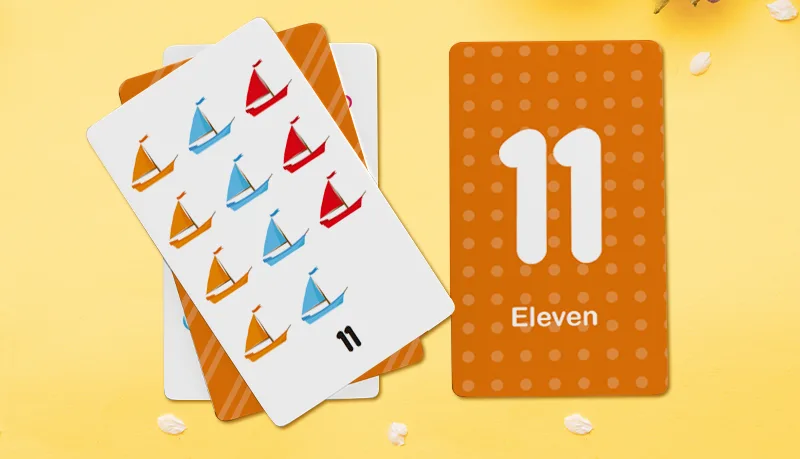
Flashcards are a popular and frequently studied multisensory teaching tool that can enhance learning, information retention, information recall, and creative thinking in the classroom. Whether you are an experienced educator, teacher or a professional development trainer looking to supplement your educational “toolkit”, you may find that customized flashcards can be a valuable resource. In this post, we'll help you explore the benefits of using these simple but effective educational tools, how to use flashcards in the classroom, and provide you with tips for designing and printing your own topic, subject, or project specific flashcards tailored to the precise needs of your students.
What are the benefits of flashcards in education?
Of all the common educational tools which teachers can use in the classroom and students can also employ independently, flashcards are among the most efficient and certainly the most studied. A quick search on Google Scholar for academic research by educational psychologists and pedagogs into the functionality and uses of flashcards in academic contexts—”educational psychology studies of the use of flashcards in the classroom”—turns up 32,500 papers. If you read through the most recently published in respected peer-reviewed journals, you find a consensus that flashcards offer several advantages that make them an effective teaching tool. Most studies now focus on refining the best methods and techniques to get the most out of flashcards in terms of positive learning outcomes. Here are some key benefits of flashcard use:
- Memory retention: Flashcards are designed to promote active recall, which enhances memory retention. By repeatedly reviewing the information on flashcards, students reinforce their knowledge and improve long-term memory. Because flashcards are multisensory tools—incorporating colorful visual elements with reading, speaking, and tactility—they are especially powerful with students of all key learning styles, whether auditory, visual, kinesthetic, or interactive.
- Engagement: Flashcards are interactive rather than passive teaching tools, such as reading, following dictation, or listening to lectures. In the classroom context, they are effective in capturing students' attention and making learning more enjoyable. Using colorful images and concise information helps to engage learners and maintain their interest. You can also devise games, either for individuals, pairs, or groups, to play using the flashcards, helping students to relax and engage with pleasure in the learning process.
- Portability: Flashcards are lightweight and portable, making them easy to carry and use in various learning environments around the school or campus. You can take flashcards to enhance and guide off-campus learning, too, such as a trip to a museum, art gallery, or a site of geographical or historical interest. Whether in the classroom or on the go, flashcards provide a convenient way for students to learn, review, and reinforce the outcomes of their studies.
- Adaptability: You can use flashcards to teach a wide range of subjects and topics. From vocabulary and language arts learning to math equations and historical facts, scientific principles, theories, and formulas, there's no reason not to design and print multiple sets of custom flashcards, each tailored to suit different educational needs. You may define those needs by the area of the curriculum that the flashcards support, the age and ability of the pupils who will use them, the students' learning styles, and your personal teaching style.
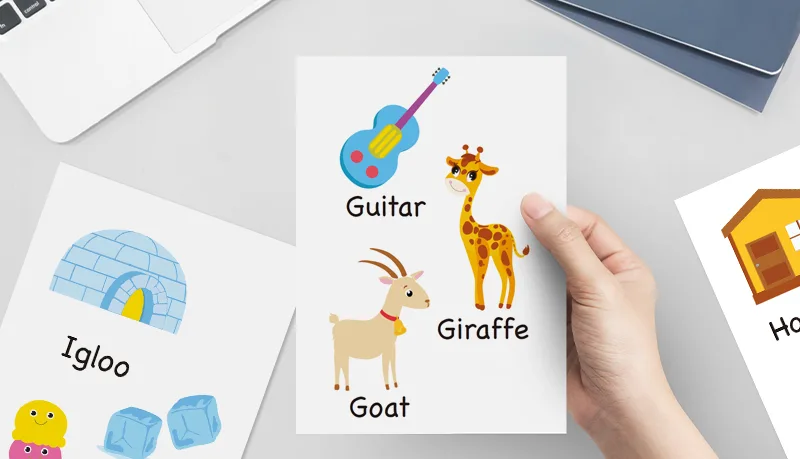
How to use flashcards in the classroom
So, we've highlighted several aspects of how flashcards work as educational tools in the classroom and why. But as we mentioned at the start, researchers have conducted a great deal of research to explore and evaluate the most effective approaches and techniques that you can use to make the most of your classroom flashcards. We'll save you the trouble of reading, analyzing, and digesting those papers by giving you a practical and helpful summary here. To make the most of the flashcards in the classroom, here are some strategies you can implement:
1. Introduce flashcards as a supplemental learning tool
Flashcards should be introduced as a supplemental learning tool that complements other teaching methods. They can be used during warm-up activities, as a review tool, or for individual or group study sessions. They work best for revision and reinforcement of previously learned material.
2. Use active learning techniques
To make the best use of flashcards, it's important that you encourage students to engage with the flashcards actively rather than passively by using various interactive techniques. Some examples you might want to explore could include:
- Memory Tester: Place a selection of flashcards on the floor or a tabletop and give students a limited time to memorize them. Then, have them write down as many names or answers as they can recall. This is a version of the classic memory improver, “Kim's Game”.
- Invisible Flashcards: Stick flashcards on the wall or display board and gradually remove them while drilling the corresponding information. Encourage students to remember and continue answering as if the flashcards were still present. This gamifies the process while offering an incremental challenge to heighten engagement.
- Reveal the Word: Cover the flashcards and slowly reveal them one by one, allowing students to guess the word or answer. Chorally drill the word with different intonations and encourage students to repeat after you.
- Point or Race to the Flashcards: Place flashcards around the classroom with the answers face up and call out a specific card question. Students must then point or race to the correct flashcard. You can then swap them round so that you give they answers and the students must identify the question to which they correspond. Extend the activity by adding additional instructions or conditions as you wish.
3. Incorporate technology and online flashcards
While it's important to focus on printed, physical flashcards to get the best value from the multisensory learning potential, you can also incorporate digital elements to support interactivity and engagement. An effective way to do this is to use audio and to add QR codes to the cards which students can scan to access more in-depth material, audio, video, and other resources online. Interactive features, such as images, audio, and self-assessment options can be an effective complement to the printed cards.
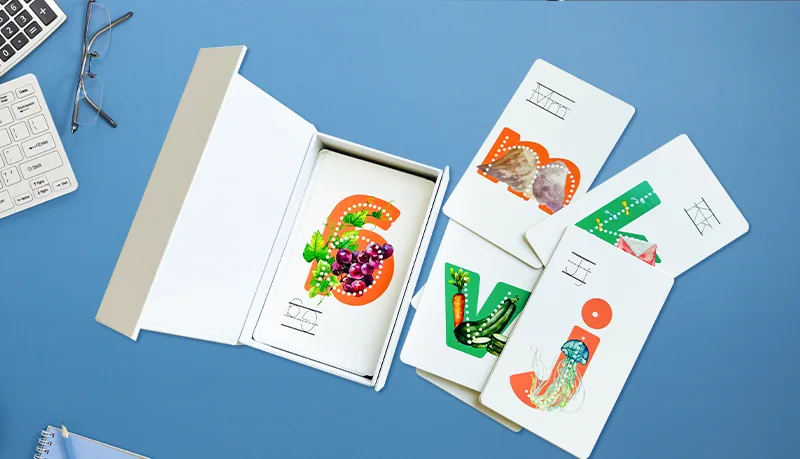
Creating your own flashcards
While there are commercially available flashcards for a range of subjects, designing and printing your own custom made flashcards tailored to your students' needs can be a cost-effective and preferred option. Here's how you can design your own flashcards for use in the classroom:
1. Choose the content
Decide on the specific information or concepts you want to teach using flashcards. This could be vocabulary words, math equations, historical events, or scientific terms, for example.
2. Choose materials
It's best to select heavy weight paper to make flash cards. This kind of paper is thicker than normal writing paper and is stiff and robust like cardboard. It has a coated surface for printing on and we can also finish it with varnish, lamination, and other techniques as you wish. These are the most common paper types used for flash cards (C1S is cover paper, coated on one side only):
- 250 gsm / 92 lb gloss or matte art paper
- 300 gsm / 110 lb gloss or matte art paper
- 350 gsm / 129 lb gloss art paper
- 250 gsm / 92 lb C1S paper
- 300 gsm / 110 lb C1S paper
- 350 gsm / 129 lb C1S paper
- two sheets of 250 gsm / 92 lb C1S paper or 300 gsm / 110 lb C1S paper or 350 gsm / 129 lb C1S paper glued together
3. Add visuals
While flashcards can be only words, we suggest that you consider including relevant images or diagrams that help illustrate the content and design them in full color. Visual cues can enhance memory retention and make the flashcards more engaging.
4. Write clear and concise information
Keep the information on each flashcard brief and to the point. Use simple language and avoid overcrowding the card with excessive text. In a classroom context, this also helps with visibility.
5. Organize and review
Arrange the flashcards in a logical order or create separate sets for different topics. Review the flashcards to ensure accuracy and update them as needed.
6. Create digital design files
Once you're happy with the content and layout of your flashcards, you'll need to create digital files exported as PDFs so we can print them. Remember to include a bleed zone and trim lines. If you need help to prepare your files, just ask us—that's what we're here for!
Flashcards are a versatile and effective teaching tool that can enhance learning in the classroom. By incorporating active learning techniques and creating your own flashcards, you can make the most of this valuable resource. Whether used for memory retention, engagement, or adaptability, flashcards offer numerous benefits that can support student learning and improve academic performance. So, why wait? Start using flashcards in your classroom today and watch your students thrive.
Talk to us!
Now you know how to use flashcards in the classroom, you may be ready to design and print a set—or several sets—of beautiful, high-quality flashcards. If so, we can help. If personal customer service matters to you as much as a world-class product — then we should talk. Get in touch today to chat through your needs or to ask for a no-obligation quote. We can't wait to help you make the best flashcards that your students will love!





